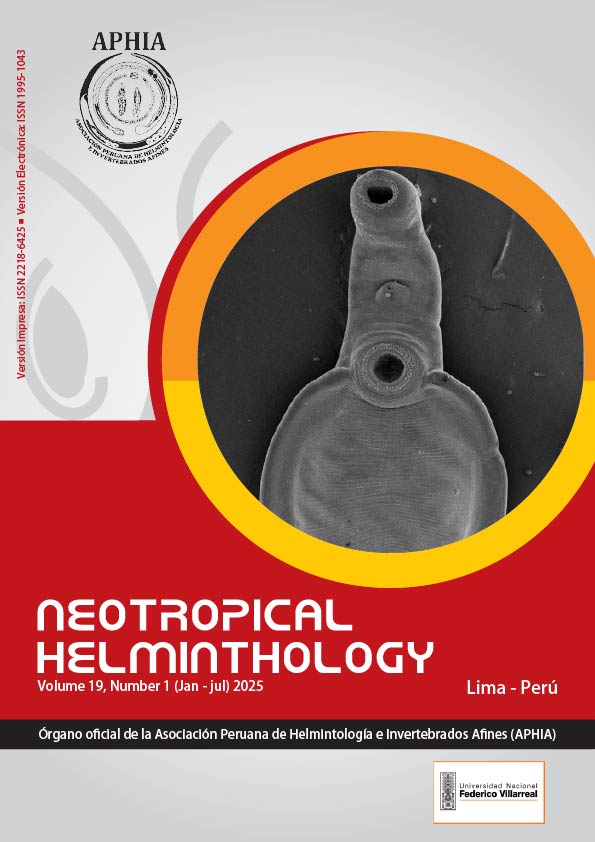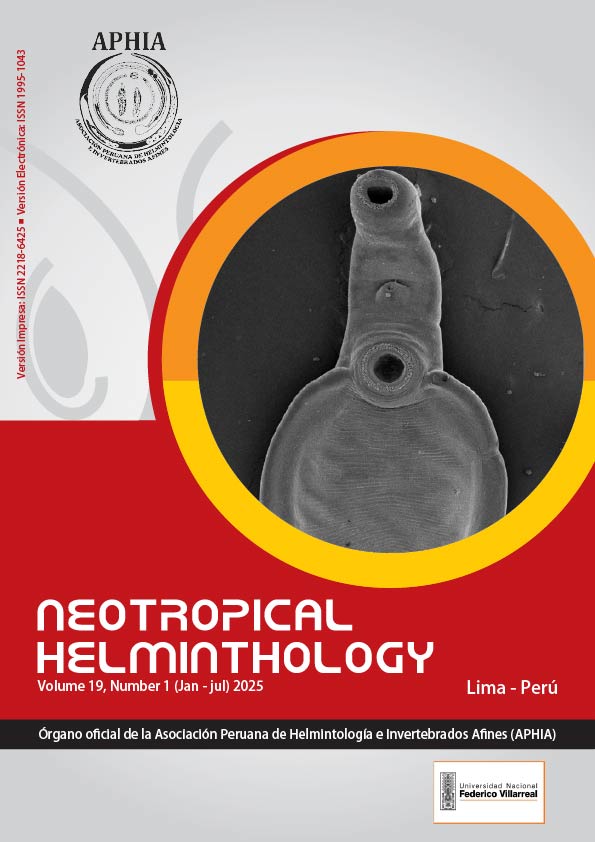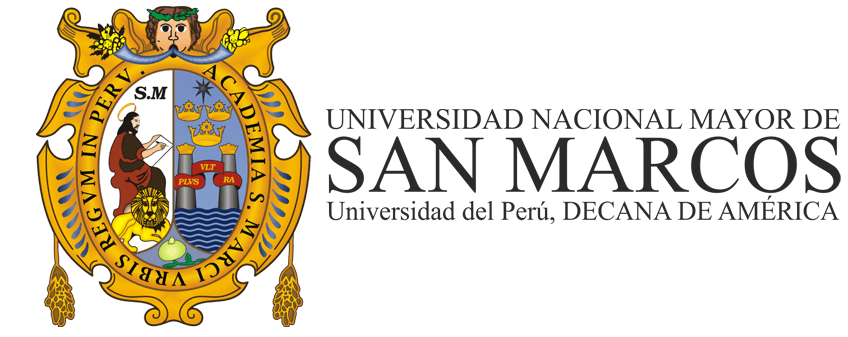Rangelia vitalii (Carini, 1908) (Apicomplexa, Piroplasmorida) in domestic dog in southern Brazil: a case report
DOI:
https://doi.org/10.62429/rnh20251911937Keywords:
bleeding, diagnosis, protozoan, rangeliosis, tickAbstract
Rangeliosis is an extravascular hemolytic disease caused by the piroplasm Rangelia vitalii. This protozoan is transmitted by ticks of the species Amblyomma aureolatum and infects erythrocytes, endothelial cells, and leukocytes, leading to a variety of clinical signs such as anemia, thrombocytopenia, splenomegaly, hepatomegaly, jaundice, and bleeding from the nose, oral cavity, and ear tips. This study aims to report a case of rangeliosis in a domestic dog in southern Brazil. A female, adult, mixed-breed dog from a rural area was admitted to a Veterinary Hospital. Clinical examination revealed necrosis of the ear tips with active bleeding and abdominal hematomas. After a few days, the patient also developed jaundice, hematuria, bilirubinuria, subconjunctival hemorrhage, and epistaxis. Hematological analysis indicated anemia and thrombocytopenia, while biochemical tests revealed elevated serum urea levels. The definitive diagnosis was confirmed through a stained blood smear, which revealed the presence of R. vitalii inside leukocytes and free in plasma. In addition to supportive treatment, doxycycline and imidocarb dipropionate were administered. However, due to disease progression, the patient ultimately succumbed. Canine rangeliosis is likely an underdiagnosed disease; therefore, it is crucial to consider it as a differential diagnosis in patients presenting compatible clinical manifestations and laboratory findings, particularly in those from rural or forested areas or with access to such environments.
Downloads
Published
How to Cite
Issue
Section
License

This work is licensed under a Creative Commons Attribution-NonCommercial-NoDerivatives 4.0 International License.
OBJETO: El AUTOR-CEDENTE transfiere de manera TOTAL Y SIN LIMITACIÓN alguna al CESIONARIO los derechos patrimoniales que le corresponden sobre la (s) obra(s) tituladas: xxxxxxxxxxxxxxxx, por el tiempo que establezca la ley internacional. En virtud de lo anterior, se entiende que el CESIONARIO adquiere el derecho de reproducción en todas sus modalidades, incluso para inclusión audiovisual; el derecho de transformación o adaptación, comunicación pública, traducción, distribución y, en general, cualquier tipo de explotación que de las obras se pueda realizar por cualquier medio conocido o por conocer en el territorio nacional o internacional.
REMUNERACIÓN: La cesión de los derechos patrimoniales de autor que mediante este contrato se hace será a título gratuito.
CONDICIONES Y LEGITIMIDAD DE LOS DERECHOS: El AUTOR-CEDENTE garantiza que es propietario integral de los derechos de explotación de la(s) obra(s) y en consecuencia garantiza que puede contratar y transferir los derechos aquí cedidos sin ningún tipo de limitación por no tener ningún tipo de gravamen, limitación o disposición. En todo caso, responderá por cualquier reclamo que en materia de derecho de autor se pueda presentar, exonerando de cualquier responsabilidad al CESIONARIO.
LICENCIA DE ACCESO ABIERTO: El AUTOR-CEDENTE autoriza que manuscrito publicado en La Revista Neotropical Helminthology permanece disponible para su consulta pública en el sitio web https://www.neotropicalhelminthology.com/ y en los diferentes sistemas de indexación y bases de datos en las que la revista tiene visibilidad, bajo la licencia Creative Commons, en la modalidad Reconocimiento-No comercial- Sin Trabajos derivados –aprobada en Perú, y por lo tanto son de acceso abierto. De ahí que los autores dan, sin derecho a retribución económica, a la Asociación Peruana de Helmintología e Invertebrados Afines (APHIA), los derechos de autor para la edición y reproducción a través de diferentes medios de difusión.


 Numero 2 Volumen 19 - 2025 (versión Anticipada)
Numero 2 Volumen 19 - 2025 (versión Anticipada)














































